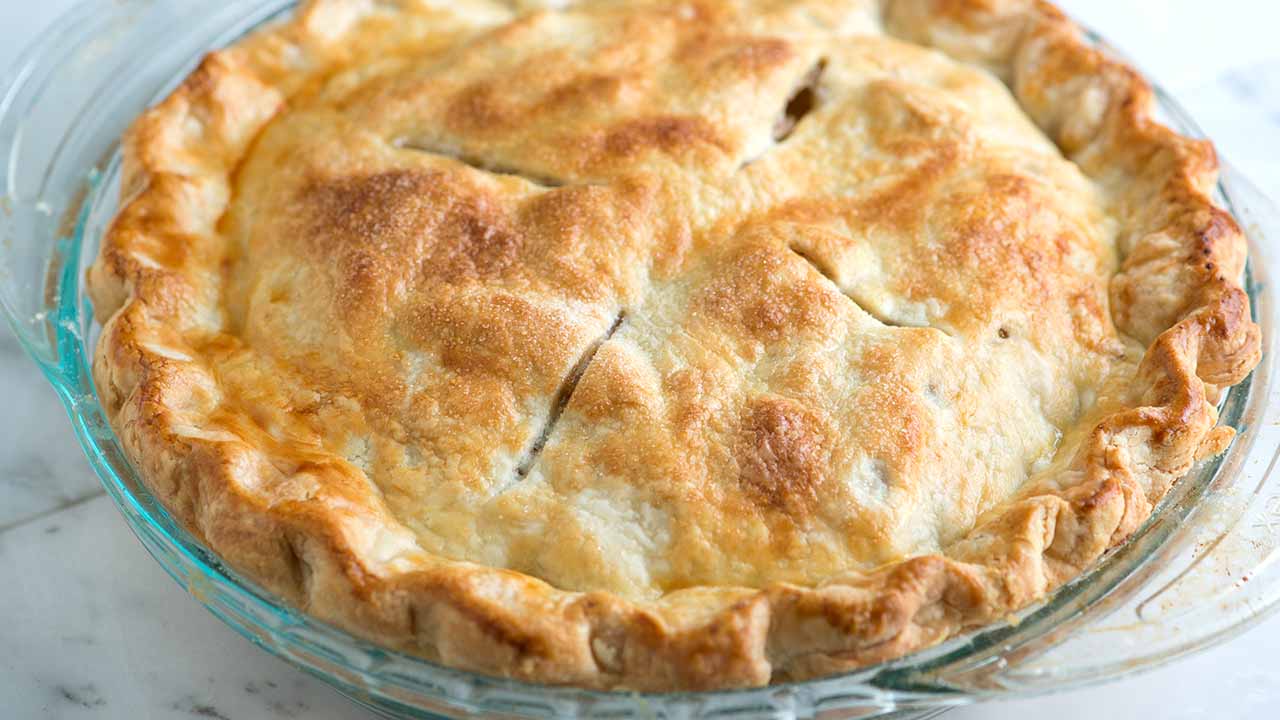The Secrets to Making the Perfect Tart Crust
A perfectly made tart crust is the foundation of any great tart, whether sweet or savory. Achieving that delicate balance between a crisp, buttery texture and a tender bite requires attention to detail and the right techniques. Whether you’re making a classic fruit tart, a rich chocolate tart, or a savory quiche, mastering the art of tart crust will elevate your baking skills. In this guide, we’ll explore the secrets to making a flawless tart crust, from choosing the right ingredients to baking it to perfection.
1. Choosing the Right Ingredients
The quality of your tart crust depends heavily on the ingredients you use. Here’s what you need for a classic shortcrust pastry (pâte brisée) and why each ingredient matters:
Flour
All-purpose flour is the best choice for a sturdy yet tender crust. If you want a more delicate and crumbly texture, you can substitute a portion of the all-purpose flour with pastry flour. Avoid high-protein flours like bread flour, as they create a tougher crust.
Butter
High-quality unsalted butter is essential for a rich, flaky crust. Using unsalted butter gives you control over the salt content, ensuring a balanced flavor. The butter should be cold, as this helps create a flaky texture when mixed with flour.
Sugar (for sweet tarts)
A small amount of granulated or powdered sugar adds flavor and tenderness to a sweet tart crust. Powdered sugar (also called icing sugar) gives the dough a finer texture, while granulated sugar provides a slightly crispier bite.
Salt
A pinch of salt enhances the flavor of the crust, whether sweet or savory. Even in dessert tarts, salt helps balance sweetness and enriches the overall taste.
Egg or Egg Yolk (optional)
Some tart crust recipes include an egg or egg yolk to provide richness and improve the dough’s structure. Eggs also make the crust easier to work with, reducing the risk of cracking.
Cold Water or Cream
Cold water binds the dough together while keeping the butter from melting. Some recipes use heavy cream or milk for added richness. Always add liquid gradually to prevent making the dough too wet.
2. Mastering the Dough-Making Process
A tart crust is only as good as the technique used to make it. Follow these steps to ensure a perfectly flaky and tender crust.
Step 1: Keep Everything Cold
Temperature control is key. The butter should be cold, and some bakers even chill their flour before starting. Cold ingredients prevent the butter from melting too soon, which helps create a flaky texture.
Step 2: Mix the Dough Correctly
- By Hand: Use a pastry cutter or your fingertips to blend the butter into the flour until the mixture resembles coarse breadcrumbs. The small butter pieces create pockets of flakiness when baked.
- With a Food Processor: Pulse the flour and butter in short bursts until the mixture looks like sand with small butter chunks. Be careful not to overprocess, as too fine a mixture can lead to a dense crust.
Step 3: Add Liquid Gradually
Add cold water (or cream) one tablespoon at a time, mixing gently until the dough just comes together. The dough should be slightly crumbly but hold its shape when pressed. Overworking the dough can lead to a tough crust.
Step 4: Rest the Dough
Wrap the dough in plastic wrap and chill it for at least 30 minutes (or up to 24 hours). This step allows the gluten to relax, making the dough easier to roll out and preventing shrinkage during baking.
3. Rolling and Shaping the Dough
Once the dough has chilled, it’s time to roll it out and fit it into the tart pan.
Step 1: Roll Out Evenly
Lightly flour a clean surface and rolling pin. Roll the dough out from the center, turning it occasionally to maintain an even thickness (about 1/8 inch or 3mm thick). Rolling the dough between two sheets of parchment paper can prevent sticking.
Step 2: Transfer the Dough Carefully
Gently lift the dough using the rolling pin and lay it over the tart pan. Press it into the corners without stretching it, as stretched dough will shrink when baked. Trim excess dough, leaving a small overhang to allow for shrinkage.
Step 3: Chill Again
Refrigerate the shaped tart shell for another 15-30 minutes before baking. This helps the crust hold its shape and prevents shrinking.
4. Baking the Crust to Perfection
Depending on the recipe, you may need to blind bake (pre-bake) the crust or bake it with the filling.
Blind Baking for a Crisp Crust
If the tart filling is wet or doesn’t require baking, blind baking ensures the crust stays crisp.
- Preheat the oven to 375°F (190°C).
- Line the tart shell with parchment paper and fill it with pie weights, dried beans, or rice.
- Bake for 15-20 minutes until the edges are lightly golden.
- Remove the weights and bake for another 5-10 minutes until the base is fully set.
Baking with Filling
For tarts that bake with their fillings, follow the recipe’s temperature and time guidelines. To prevent a soggy crust, consider brushing the pre-baked crust with a thin layer of egg wash or melted chocolate before adding the filling.
5. Common Tart Crust Problems and Solutions
Even experienced bakers encounter tart crust issues. Here’s how to fix them:
- Dough is too dry or crumbly: Add a teaspoon of cold water at a time until the dough holds together.
- Crust shrinks during baking: Avoid stretching the dough when fitting it into the pan and always chill before baking.
- Soggy bottom crust: Blind bake the crust and brush with egg wash before adding the filling.
- Tough crust: Overworking the dough develops too much gluten. Handle the dough gently and avoid kneading.


